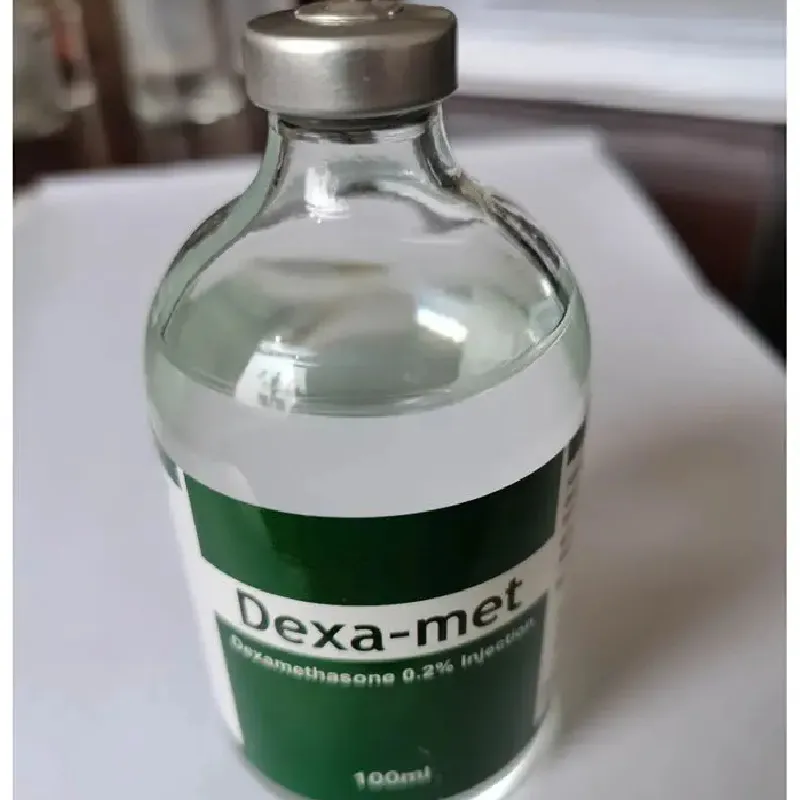- Afrikaans
- Albanian
- Amharic
- Arabic
- Armenian
- Azerbaijani
- Basque
- Belarusian
- Bengali
- Bosnian
- Bulgarian
- Catalan
- Cebuano
- Corsican
- Croatian
- Czech
- Danish
- Dutch
- English
- Esperanto
- Estonian
- Finnish
- French
- Frisian
- Galician
- Georgian
- German
- Greek
- Gujarati
- Haitian Creole
- hausa
- hawaiian
- Hebrew
- Hindi
- Miao
- Hungarian
- Icelandic
- igbo
- Indonesian
- irish
- Italian
- Japanese
- Javanese
- Kannada
- kazakh
- Khmer
- Rwandese
- Korean
- Kurdish
- Kyrgyz
- Lao
- Latin
- Latvian
- Lithuanian
- Luxembourgish
- Macedonian
- Malgashi
- Malay
- Malayalam
- Maltese
- Maori
- Marathi
- Mongolian
- Myanmar
- Nepali
- Norwegian
- Norwegian
- Occitan
- Pashto
- Persian
- Polish
- Portuguese
- Punjabi
- Romanian
- Russian
- Samoan
- Scottish Gaelic
- Serbian
- Sesotho
- Shona
- Sindhi
- Sinhala
- Slovak
- Slovenian
- Somali
- Spanish
- Sundanese
- Swahili
- Swedish
- Tagalog
- Tajik
- Tamil
- Tatar
- Telugu
- Thai
- Turkish
- Turkmen
- Ukrainian
- Urdu
- Uighur
- Uzbek
- Vietnamese
- Welsh
- Bantu
- Yiddish
- Yoruba
- Zulu
Ноя . 15, 2024 11:50 Back to list
injectable enrofloxacin
Injectable Enrofloxacin A Powerful Tool in Veterinary Medicine
Enrofloxacin is a broad-spectrum antibiotic belonging to the fluoroquinolone class, widely utilized in veterinary medicine for the treatment of various bacterial infections. Its injectable form offers several advantages, making it a preferred choice among veterinarians for the therapeutic management of infections in animals. Enrofloxacin's efficacy and safety profile, along with its pharmacokinetic properties, contribute to its vital role in modern veterinary practices.
Pharmacological Aspects
Enrofloxacin works by inhibiting bacterial DNA gyrase and topoisomerase IV, enzymes critical for bacterial DNA replication and cell division. This mechanism of action disrupts the bacteria's ability to multiply, effectively leading to cell death. The drug exhibits activity against a wide range of Gram-positive and Gram-negative bacteria, including Escherichia coli, Staphylococcus spp., Streptococcus spp., and Pseudomonas aeruginosa. Its broad-spectrum nature makes it especially valuable in treating mixed infections, where multiple bacterial species may be present.
The pharmacokinetics of injectable enrofloxacin demonstrate favorable absorption and distribution. After administration, the drug quickly reaches high concentrations in serum and tissues, including lungs, liver, kidneys, and skin. This rapid distribution maximizes its efficacy against systemic infections and localized conditions. Moreover, enrofloxacin has a relatively long half-life, allowing for once-daily dosing, which enhances compliance in clinical settings.
Clinical Applications
In veterinary practice, injectable enrofloxacin is commonly employed for treating various conditions, including respiratory tract infections, urinary tract infections, skin infections, and gastrointestinal infections in animals such as dogs, cats, and livestock
. Its efficacy against respiratory pathogens makes it particularly useful for addressing pneumonia in dogs and respiratory diseases in cattle.injectable enrofloxacin

One notable application is in the treatment of bacterial infections in poultry, where enrofloxacin is often administered to prevent and control diseases such as colibacillosis and fowl cholera. By reducing the incidence of these infections, enrofloxacin plays a crucial role in ensuring the health and productivity of poultry populations.
Another important consideration in the use of injectable enrofloxacin is its role in addressing antimicrobial resistance. As inappropriate antibiotic use in veterinary and human medicine has led to the emergence of resistant bacterial strains, the judicious use of enrofloxacin is essential. Veterinary practitioners are encouraged to conduct susceptibility testing and use this antibiotic only when indicated to mitigate the risk of resistance development.
Safety and Side Effects
While injectable enrofloxacin is generally well-tolerated, some side effects may occur. The most common adverse effects include gastrointestinal disturbances, such as vomiting and diarrhea, as well as potential CNS effects like dizziness or disorientation. In rare cases, damage to cartilage in young animals or retinal toxicity in cats has been reported. Therefore, it is crucial for veterinarians to adhere to dosage recommendations and consider the animal’s age, breed, and overall health status when prescribing enrofloxacin.
Conclusion
Injectable enrofloxacin represents a significant advancement in veterinary medicine, providing an effective therapeutic option for managing a wide range of bacterial infections. Its powerful mechanism of action, broad-spectrum activity, and favorable pharmacokinetics make it an essential tool in the veterinary toolbox. However, with the growing concern over antimicrobial resistance, the responsible use of enrofloxacin is vital. It is imperative that veterinarians assess the need for antibiotic therapy critically and educate pet owners about the importance of adherence to prescribed treatments. As we move forward, the focus on responsible antibiotic use will be crucial in preserving the efficacy of enrofloxacin and other antimicrobial agents, ensuring they remain effective tools for safeguarding animal health.
-
Guide to Oxytetracycline Injection
NewsMar.27,2025
-
Guide to Colistin Sulphate
NewsMar.27,2025
-
Gentamicin Sulfate: Uses, Price, And Key Information
NewsMar.27,2025
-
Enrofloxacin Injection: Uses, Price, And Supplier Information
NewsMar.27,2025
-
Dexamethasone Sodium Phosphate Injection: Uses, Price, And Key Information
NewsMar.27,2025
-
Albendazole Tablet: Uses, Dosage, Cost, And Key Information
NewsMar.27,2025













